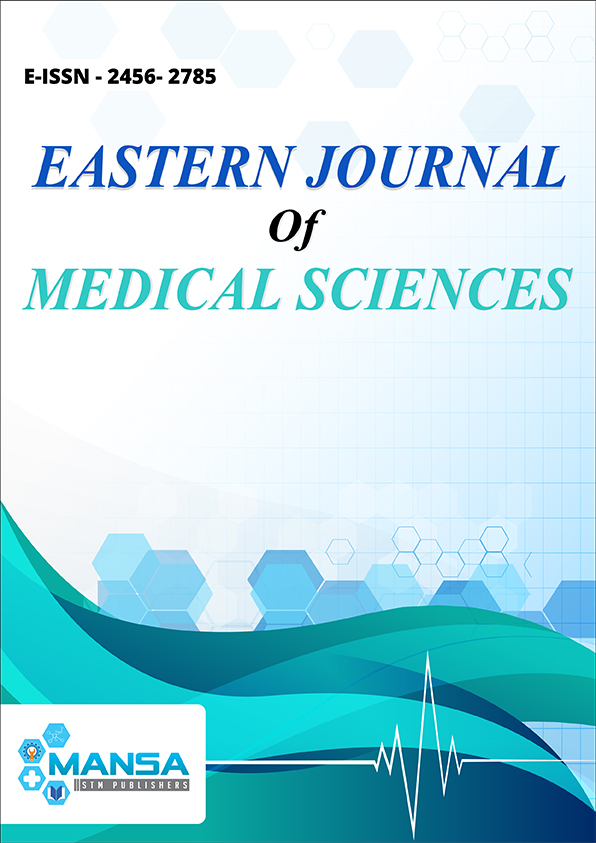Oxacillin Resistant Staphylococcus aureus from Diverse Sources in Nnewi Nigeria: Susceptibility to Vancomycin, Linezolid, Teicoplanin and Medicinal Plant extracts
DOI:
https://doi.org/10.32677/EJMS.2019.v04.i02.006Keywords:
ORSA, Diverse Sources, Antimicrobial Susceptibility, NigeriaAbstract
Background: Methicillin (Oxacillin)-resistant S. aureus (MRSA or ORSA) remains a major public health concern. This concern has raised the need to continually monitor the susceptibility profile of local MRSA isolates to standard anti-MRSA therapeutic agents. Objective: To isolate MRSA from diverse sources in our locality and to determine their susceptibility to Vancomycin, Linezolid, Teicoplanin, and to extracts of Parkia biglobosa and Vanda roxburgii – medicinal plants commonly used in the treatment of wound sepsis in our locality. Method: A total of 34 raw meat samples were randomly collected from butchers in Nnewi main market. Other samples collected included: water samples from the market supplies, nasal swabs from 15 butchers, nasal and oral swabs from 8 pet dogs, and surface swab from ten local currency notes. The samples were screened for ORSA. Inhibitory concentrations of Oxacillin to isolates were compared with those of other anti-MRSA agents and to medicinal plants extracts. Results: Results showed that 27 (79%) of meat samples yielded ORSA. The recovery rates of ORSA from other samples were as follows: pet dogs 7(88%), butchers 4 (27%), local currency notes 4(40%), and water supplies 1(50%). Thirteen (34%) of ORSA were of a classic phenotype (MIC ? 16 µg/ml). Linezolid MIC ranged from 0.015 – 4µg/ml, while Vancomycin ranged from 0.06 – 4µg/ml. All isolates (100%) were susceptible to teicoplanin. The MIC of the medicinal plant extracts ranged from 0.098 – 6.25mg/ml. Conclusion: Results suggests that plants could be a valuable source of anti-MRSA drugs and that, pet animals, currency notes, and raw meat, could expose to risk of acquiring ORSA.

